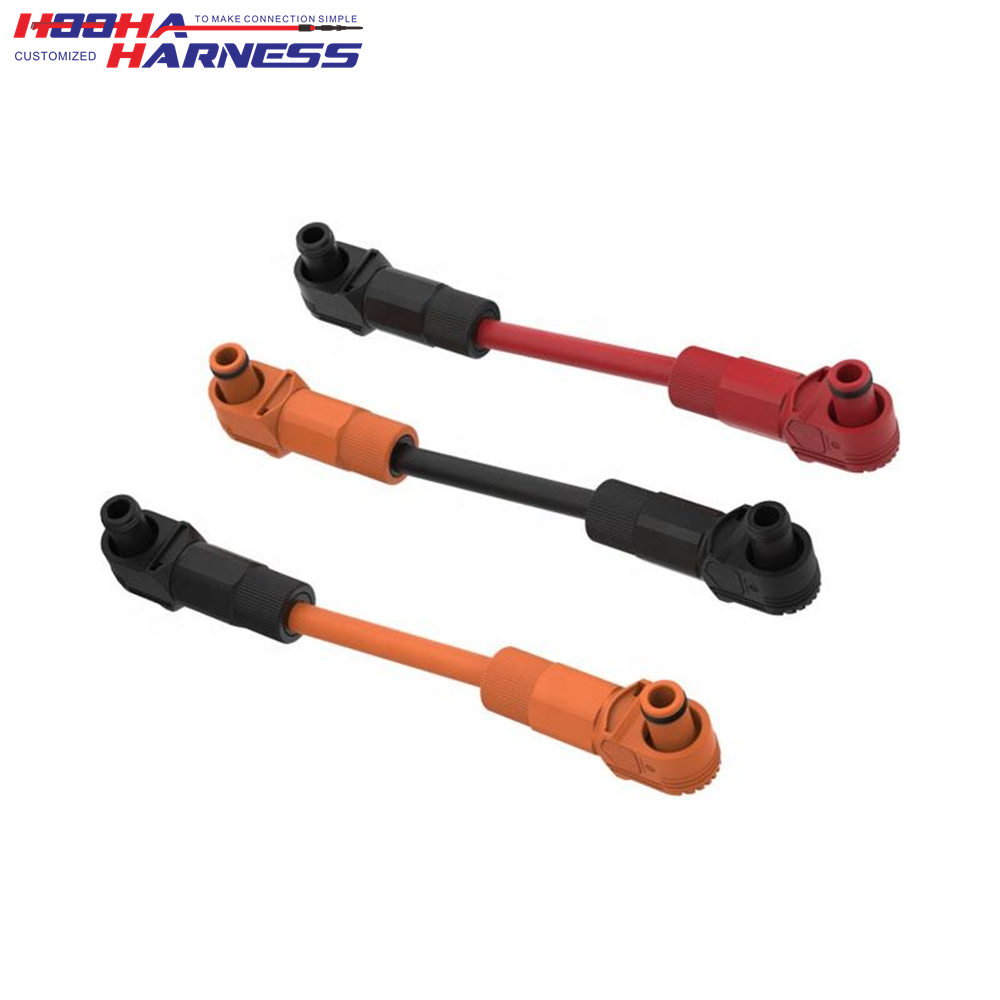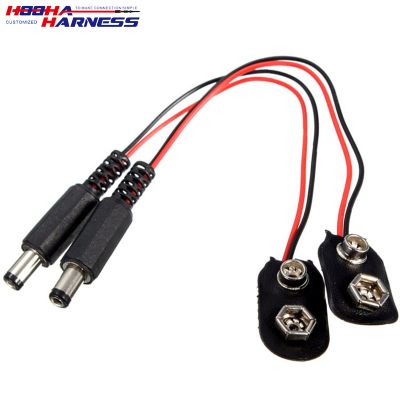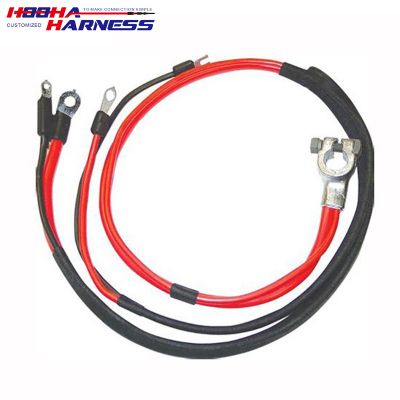PRODUCT
New energy storage battery cable
Key features of this New Energy Storage Battery Cable:
- High Conductivity: Made from advanced materials that provide superior electrical conductivity, reducing energy loss and improving overall system efficiency.
- Durability: Built to withstand harsh environmental conditions, including extreme temperatures, moisture, and mechanical stress, ensuring long-term reliability.
- Safety: Incorporates advanced insulation and shielding technologies to prevent short circuits, electrical fires, and other safety hazards.
- Flexibility: Designed to be flexible and easy to install, accommodating various installation environments and configurations.
- Compatibility: Compatible with a wide range of battery technologies, including lithium-ion, solid-state, and flow batteries.
Introduction
This New energy storage battery cable is a groundbreaking innovation in the field of energy storage technology. This advanced cable is designed to enhance the efficiency and reliability of energy storage systems, revolutionizing how we store and utilize renewable energy.
With its cutting-edge design and superior performance, this new battery cable offers numerous benefits. Firstly, it significantly improves the charging and discharging speed of batteries, allowing for faster and more efficient power transfer. This means that renewable energy sources such as solar panels or wind turbines can quickly charge up their associated batteries, ensuring a steady supply of clean energy even during periods of low generation.
Moreover, the new energy storage battery cable boasts enhanced durability and longevity. Its robust construction ensures resistance against wear and tear caused by frequent use or harsh environmental conditions. This not only reduces maintenance costs but also extends the lifespan of both the cables themselves and the connected batteries.
Furthermore, this innovative cable incorporates advanced safety features to prevent accidents or damage caused by short circuits or overloading. With built-in protection mechanisms such as temperature sensors and overload detectors, it provides peace of mind for users while maximizing system safety.
In addition to its technical advancements, this new battery cable also contributes to sustainability efforts by enabling greater integration of renewable energies into existing power grids. By efficiently storing excess electricity generated from renewable sources during peak production times, it helps balance supply-demand fluctuations in an eco-friendly manner.
Features
- High Voltage and Current Rating: These cables are capable of transmitting high power with minimal loss, essential for large-scale energy storage systems (ESS) used in renewable energy or electric vehicle (EV) applications.
- Thermal Stability: Energy storage cables are designed to withstand extreme temperatures, ensuring reliable performance even under high thermal loads generated by large currents.
- Low Resistance: The cables are made of highly conductive materials like copper or aluminum, providing low resistance for efficient power transfer and minimal energy loss.
- Flexible and Durable Insulation: Insulation materials like XLPE (cross-linked polyethylene) or silicone rubber provide excellent heat resistance, flexibility, and mechanical strength, offering protection from environmental and operational stresses.
- Flame Retardant and Fire Resistant: To enhance safety, these cables are often coated with flame-retardant materials to prevent fire hazards and maintain integrity under critical conditions.
- Chemical and UV Resistance: In outdoor installations or harsh environments, these cables are often resistant to chemicals, oils, and UV radiation to ensure longevity.
- Shielding and EMI Protection: Electromagnetic interference (EMI) can impact sensitive equipment; therefore, energy storage cables often include shielding to reduce EMI and ensure stable operation.
- Lightweight and Flexible: In portable or space-constrained applications, the cables are designed to be lightweight and flexible for easy installation and handling.
Applications
1. High-Current Battery Interconnections
- Purpose: Connects individual battery cells or modules in energy storage systems.
- Cables Used: Thick, low-resistance copper or aluminum cables designed to handle high currents with minimal losses.
- Requirements: High flexibility, insulation for high voltage, resistance to temperature and environmental conditions.
2. Inverter-to-Battery Connections
- Purpose: Transfers power from the battery to the inverter or vice versa, managing the AC-DC conversion for usable electricity.
- Cables Used: Heavy-duty, insulated cables that can withstand large current loads, often shielded to prevent electromagnetic interference (EMI).
- Requirements: High voltage insulation, flexibility, and ability to withstand heat generated during power conversion.
3. Solar-to-Battery Charge Controller
- Purpose: Connects solar panels to the battery storage system, typically routed through a charge controller.
- Cables Used: UV-resistant, weatherproof cables capable of withstanding harsh outdoor conditions.
- Requirements: Must handle varying voltage outputs from solar panels, as well as temperature extremes, water, and dust.
4. Grid-Tied and Off-Grid System Cables
- Purpose: Connects battery storage to grid infrastructure or off-grid applications.
- Cables Used: These cables must support large power flows, be resistant to external electromagnetic interference, and be highly durable.
- Requirements: Thick insulation for safety, especially in high voltage and high-current grid applications.
5. Electric Vehicle (EV) Energy Storage
- Purpose: Connects battery packs in EVs to onboard systems or to charging infrastructure.
- Cables Used: Highly flexible, lightweight cables that can efficiently handle high-power transfers.
- Requirements: Must withstand frequent charging cycles, temperature extremes, and mechanical stress during vehicle operation.
6. Battery Management System (BMS) Wiring
- Purpose: Transmits data and power between the battery management system (BMS) and battery cells/modules for monitoring and balancing.
- Cables Used: Lower current communication cables with appropriate shielding to prevent EMI.
- Requirements: High accuracy in signal transmission, flame retardancy, and temperature resistance.









